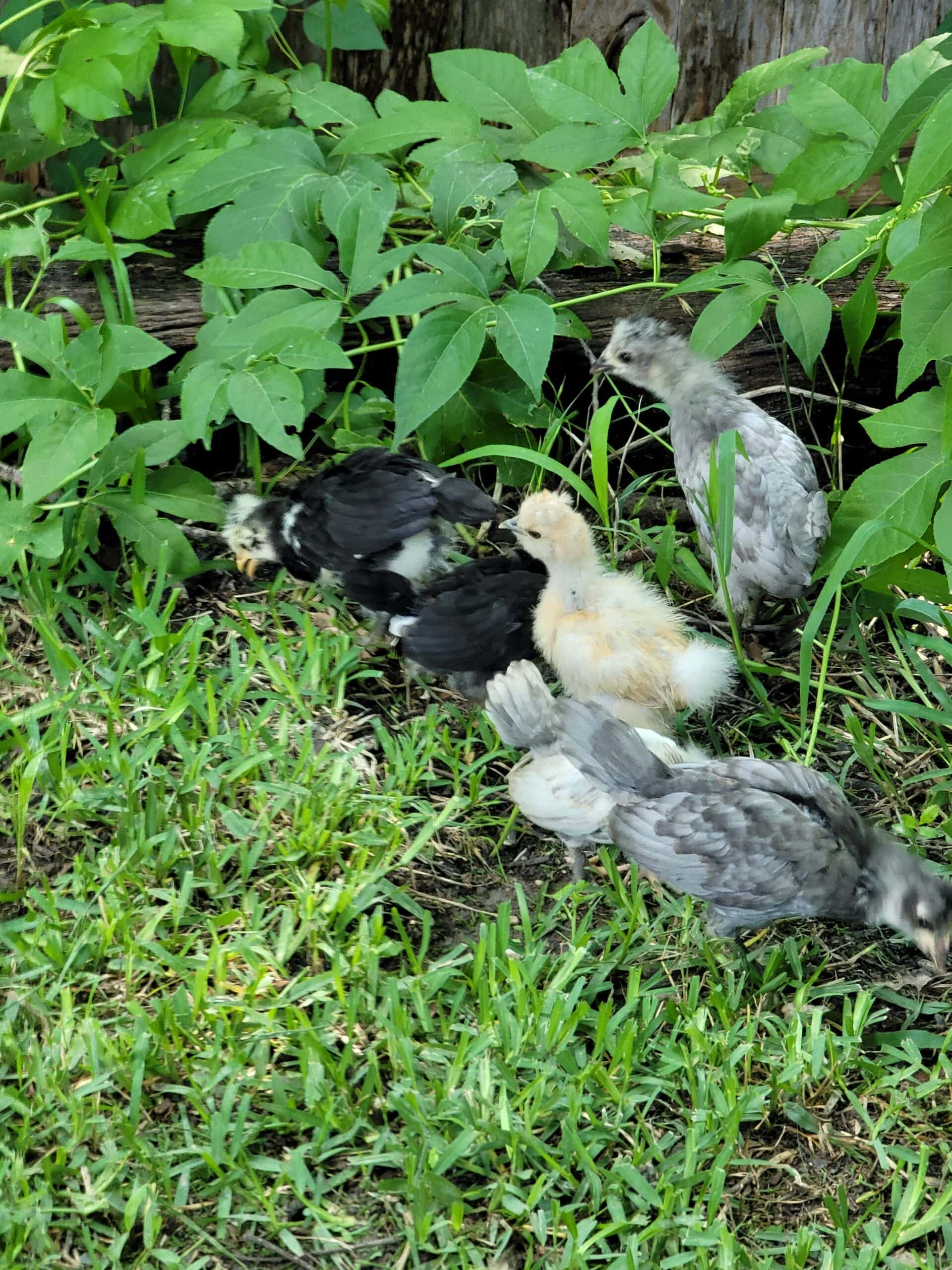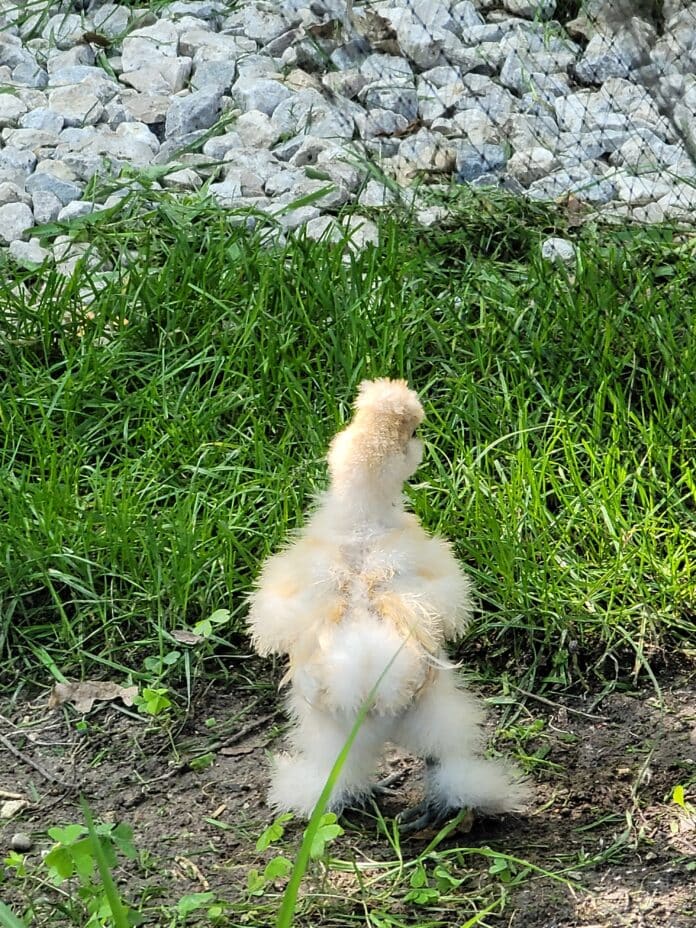Bringing Agriculture Into The Classroom
The city of Cedar Hill was once a well-known agricultural community.
And if you talk to students in Cynthia Arceneaux’s classes at Permenter Middle School it still is.
Arceneaux is bringing agriculture back into the classroom and teaching them the aforementioned history in the process. They are caring for baby chickens who have hatched until the chicks can go to their new home, and they’ve started a school garden.
“The idea came about while I was brainstorming ways to get my students engaged, excited and active in my science classroom,” Arceneaux said. “First and foremost, it is a hands-on learning experience. Caring for a flock of chickens is a great way for students to learn about biology/life science, compassionate animal husbandry, food science and sustainable living practices.”
Students are raising the chickens both at school and at home. When the eggs were being incubated, and after the hatch to the age of four weeks, Arceneaux would take them home over the weekends. When they reached three weeks old students were allowed to take them for a weekend – with parental permission and demonstrating that they had a clear understanding of basic care needs.
Hands On Understanding of Life Science
“Projects like hatching eggs helps students learn biological concepts and to develop a deeper understanding of the life science. It can also help draw connections and build understanding of life science principles and theories,” Arceneaux.
And there is also the learning about the agricultural history of their hometown.
“Yes, we discuss the history of agriculture in Cedar Hill. I am constantly looking for more information,” she said.
Arceneaux said one student’s family adopted all six of the chicks this year. Next year she said the chicks will be sold to raise money for the garden, which is also very popular.
“A good thing about making a garden is that it can improve to grow fresh vegetables and fruits, which doesn’t include any chemicals involved,” said Kimberly H. (last names not released by school district)
“I think that the garden is a great idea because we would be able to grow and see more vegetables than before, and maybe the school would use the fresh produce for lunches, and come up with more ideas for lunches to help students,” added Izaak V.

Growing A Garden Year Round
Arceneaux said the garden will continue to grow and produce a harvest over the summer break. Another crop will be planted in August after students return to school for a fall/winter harvest. A few student volunteers and herself will maintain the garden and harvests over the summer.
The herb part of the garden has thyme, parsley, mint and basil. The vegetable portion has okra, corn, yellow squash, zucchini, tomatoes, an assortment of peppers, peas, beans, eggplant. Fruits include cantaloupe, cucumbers, watermelon, strawberries, and will include a pumpkin patch in the fall.
“Gardening can provide students with hands-on learning opportunities while increasing environmental awareness and vital experience in problem-solving. School gardens are also a great way to get children to learn about nutrition by helping them make the connection between growing food and proper diets,” Arceneaux said. “It also supports a variety of TEKS covered in seventh-grade science. It also provides as support for other TEKS covered in previous years.”















